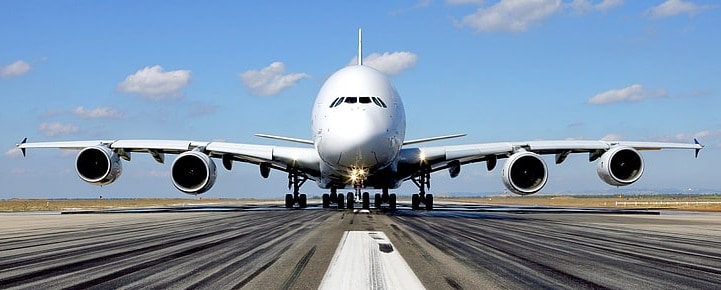
I was asked by a friend the other day what the difference was between a Narrow-Body and a Wide-Body airplane. He had overheard two people talking but wasn’t quite sure what the difference was exactly.
Narrow-Body airplanes consist of a single passenger access aisle running front to rear of the airplane. There may be 2, 4, 5, or 6 seats across the airplane. A Wide-Body airplane has 2 aisles running front to rear. They may contain between 4 to 10 seats across the airplane depending on class.
When the Boeing 747 first took to the air in January of 1970 for Pan American World Airways, commercial aviation was forever changed. The world’s first “Jumbo Jet” was initially developed for Pan Am, who challenged Boeing to design an aircraft that was two and one-half times the size of the narrow-bodied Boeing 707, and at the same time lower the average seat cost by 30 percent.
As the first twin-aisle passenger aircraft, commercial aviation now included aircraft described as narrow-bodied, with a single aisle from front to rear, and wide-body, with two aisles running the length of the aircraft.
Why Are There Narrow & Wide-body Aircraft?
Narrow-Body airplanes are primarily used to run shorter, more frequent routes moving fewer passengers but more often, up to multiple times each day. Wide-Body airplanes are designed primarily for long-haul flights on popular routes. Moving more people but less often, but over greater distances.
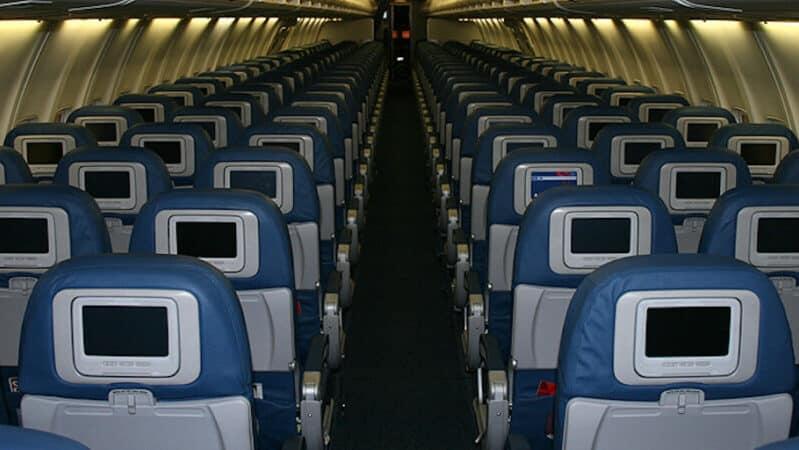
As the airline industry evolved during the 1950s jet age, the size of aircraft required by airlines changed. Initially, all passenger aircraft were narrow-bodied, as most flights were shorter than they are today. Four, five, and six across seating worked perfectly for domestic flights in the U.S. and Canada, as they rarely took more than three or four hours to complete.
As the airline industry grew, so did the demand for non-stop coast-to-coast flights of five to six hours. But it was the ability of the Boeing 707 and Douglas DC-8 to quickly cross the Atlantic Ocean that eventually led to the introduction of the Boeing 747, McDonnell Douglas DC-10, and Lockheed L-1011 widebody aircraft.
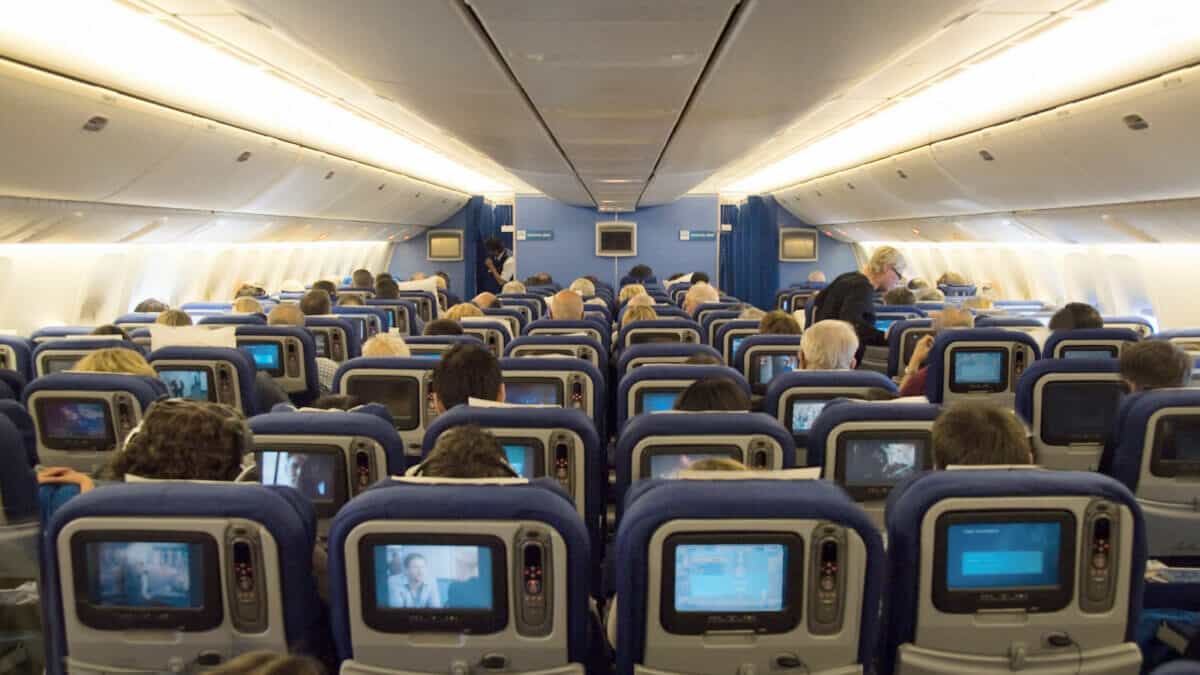
The larger aircraft offered more comfort and storage space in the cabin and were quicker for boarding and deplaning given that they now transported 300-400 passengers per flight, versus just 100-200 for narrow-bodied aircraft. The additional capacity also meant lower seat-mile costs and higher profits.
Learn More…
Try These Articles:
* This Is Why Plane Windows Are So Small!
* Why Are Airplane Lavatories So Loud?
What are the Advantages of Narrow-Body Airplanes?
Like every tool, it has the perfect job that it does very well. A narrow-body airplane is a perfect tool for certain routes. These routes are typically under 6 hours in duration with regular numbers of 100-300 passengers that can allow the airplane to fly at full capacity on each flight.
Here are Some of the Advantages of Narrow-Body Airplanes:
Smaller Size
Narrowbody aircraft can offer service to scores of small and medium-sized cities that have runways, terminals, aprons, and jetways designed for them. A small footprint allows narrow-body airplanes to operate to some of the world’s oldest airports.
The larger the airplane becomes, the airports that can handle airplanes of that size dramatically reduce which in turn limits the routes the aircraft can fly and thus the destinations the airline can offer to its customers.
Fewer Cabin Crew Required
FAA (Federal Aviation Administration) regulations call for a minimum of one flight attendant for every 50 seats (not passengers) on an aircraft. Obviously, single-aisle planes with fewer seats than widebodies require less staff for the operation of each flight.
With labor being the second biggest cost after fuel for airlines, the savings with the operation of narrowbody aircraft can be substantial.
Fewer Ground Personnel Required
Smaller aircraft require less servicing personnel and vehicles to work on the aircraft during passenger offloading and loading. Fewer baggage means fewer conveyors and baggage carts. Smaller fuel tanks mean a single fuel truck and driver. Fewer mouths mean only a single food delivery truck and waste hauling truck are required.
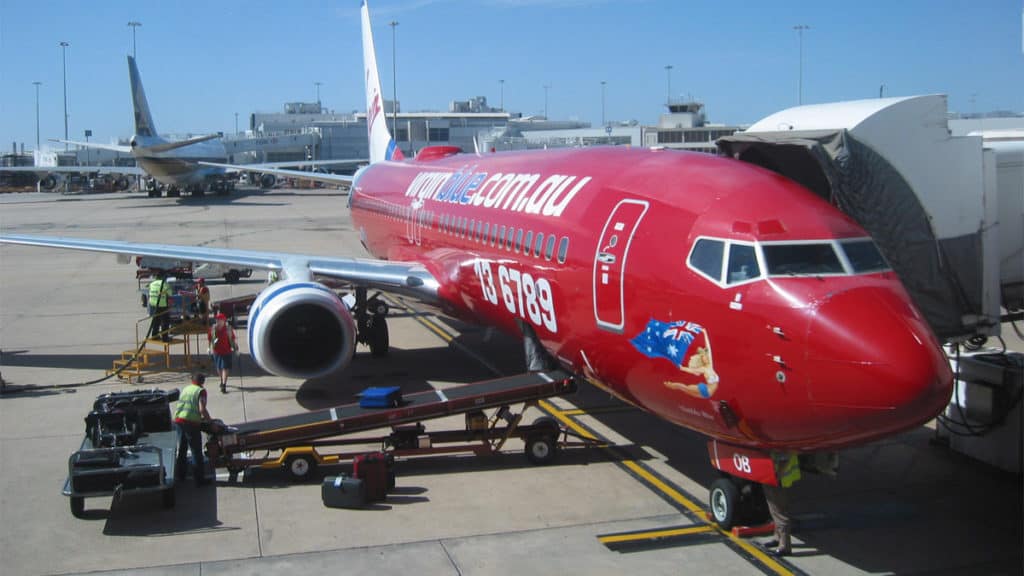
The bigger the airplane, the more ground personnel and vehicles are needed by the airport.
Shorter Turn Around Time
One of the biggest delays to airplane turnaround time is the time it takes to refuel. Smaller narrow-body aircraft require much lower fuel loads which take far less to deliver than large, wide-body airplanes.
If you would like to see just how long it takes to refuel some of the most popular narrow and wide-body airplanes check this article out:
How Long to Refuel an Airplane? – 15 Most Common Planes
Less baggage to come off and be loaded takes less time. Fewer seats mean shorter cleaning and inspection times by the cabin crew.
It isn’t unusual for narrowbody regional jets to arrive, deplane, board, and push off of the gate in around 40 minutes.
Basic Comfort Options
Passengers always want the cheapest fare possible. On shorter flights primarily operated by the narrow-body fleets passengers are willing to forego a little comfort for that cheaper deal. Narrower seats, less legroom, fewer bathrooms, and high-capacity seating configurations are all tolerable for a few hours.
When flying for long periods of time the necessity for comfort over price begins to play a bigger role in the passenger decision.

Join My Newsletter & Get Great Tips, Information and Experiences To Help You Become a Superb Pilot!
Popular Narrow-Bodied Aircraft
Bombardier CRJ 700
- 2-2 Seating Configuration
- 70-80 Seats
- Primarily used by major carriers to feed their hub operations
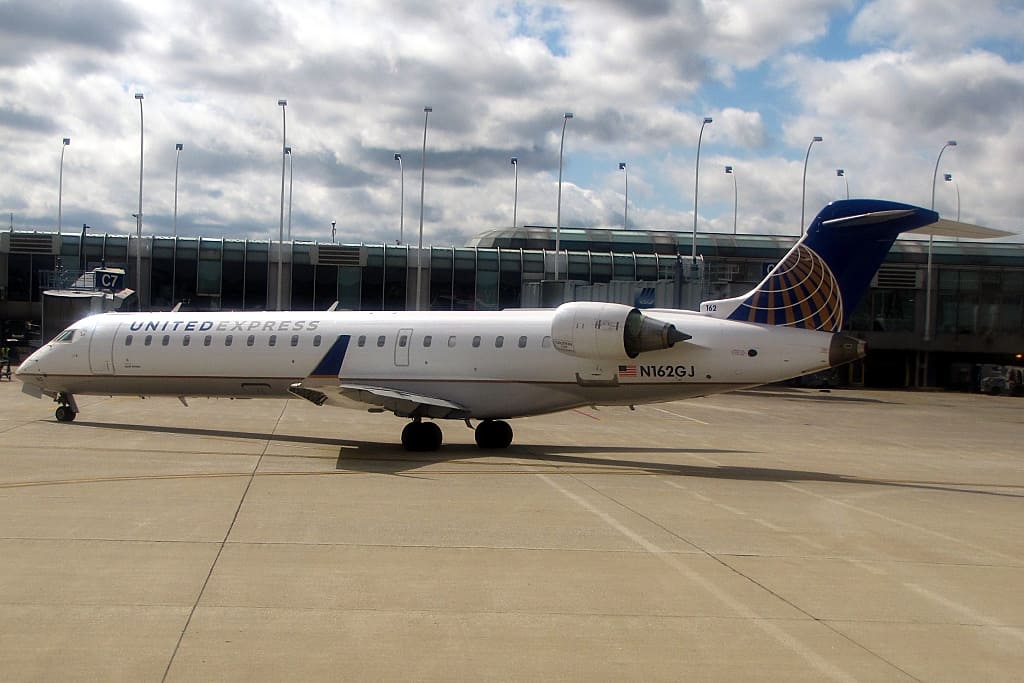
Airbus A220
- 2-3 Seating Configuration
- A220-100 = 133 Seats
- A220-300 = 160 Seats
- An All-Coach Configuration
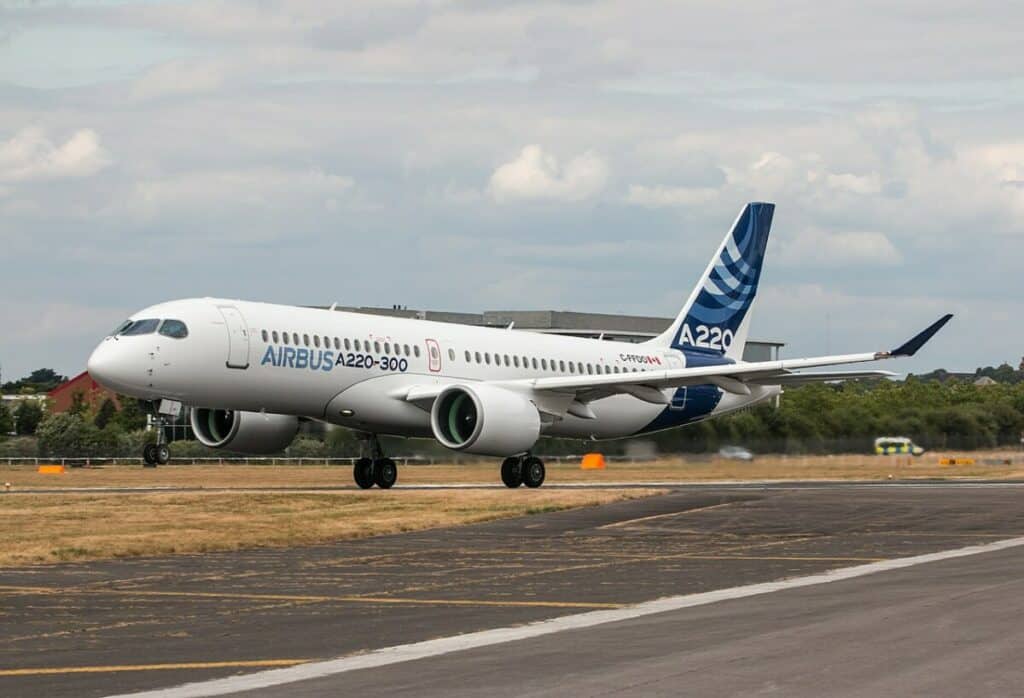
Airbus A319/A320/A321
- 3-3 seating Configuration
- A319 = 129 Seats
- A320 = 186 Seats
- A321 = 236 Seats
- An All-Coach Configuration
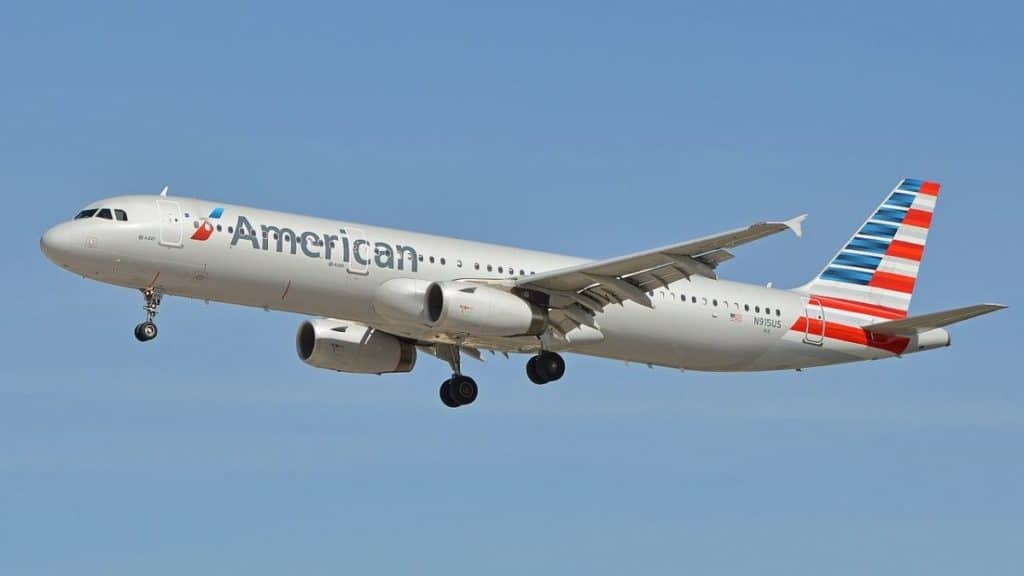
Boeing 737-700/800/900
- 3-3 Seating Configuration
- 737-700 = 143 Seats
- 737-800 = 189 Seats
- 737-900 = 149 Seats
- An All-Coach Configuration
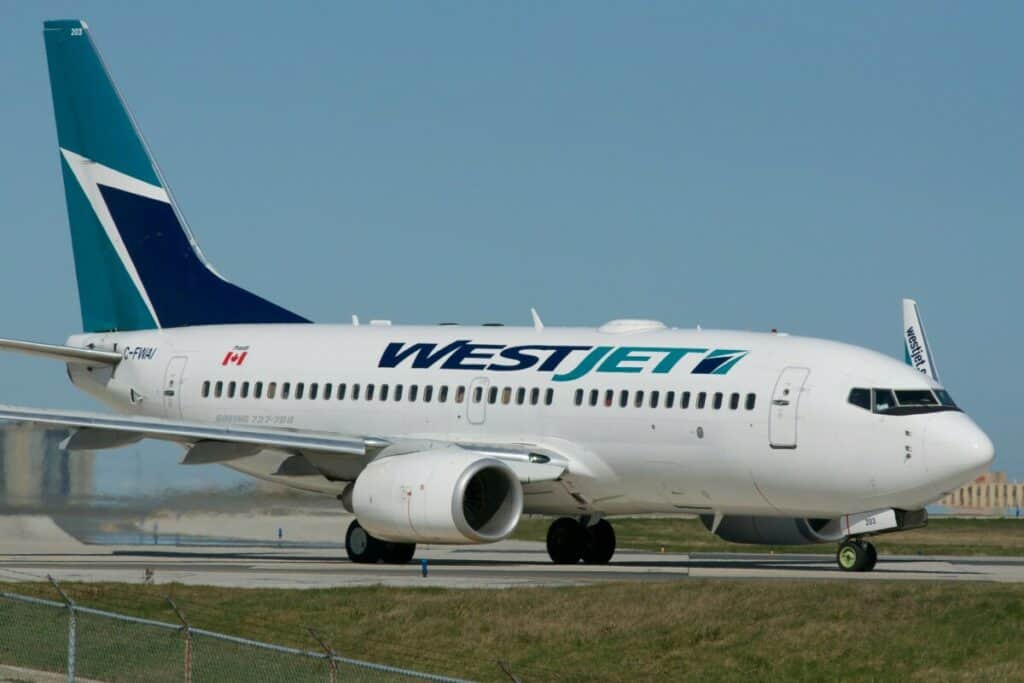
Boeing 757-200/300
- 3-3 Seating Configuration
- 757-200 = 200 Seats
- 757-300 = 289 Seats
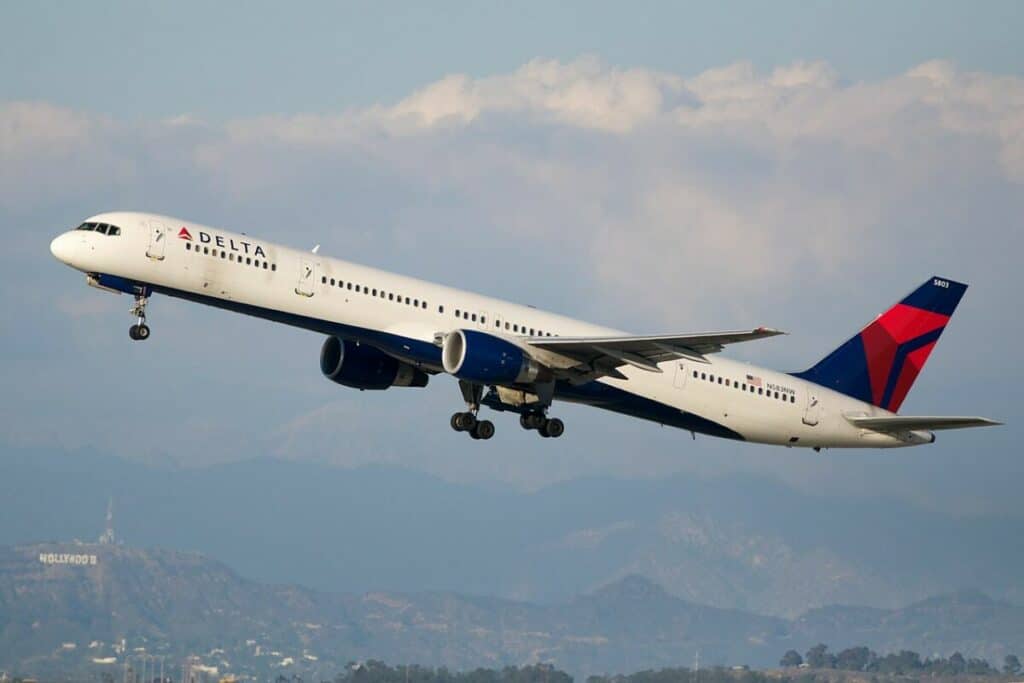
In recent years, some airlines have begun flying narrow-bodied, long-range aircraft across the Atlantic Ocean to Europe. While these aircraft generally offer less overall comfort for passengers, this option can be quite attractive to carriers that don’t necessarily have the passenger feed to fill a large aircraft or do not have widebodies in their fleet.
I found this was a great passenger benefit when Westjet started doing seasonal non-stop flights from major Canadian airports direct to London, England with a Boeing 757. Having two young kids made the trip so much easier and with it being an overnight flight too, it really made making the trip back to the UK to see family so much easier.
This is also the scenario for the U.S. west coast to Hawaii market, which used to be served almost exclusively by wide-bodies. Today, Southwest Airlines, Alaska Airlines, and others operate five to six hour flights using narrowbody 737s and 757s to the Hawaiian islands.
Transatlantic examples of this include Delta Air Lines’ Boeing 757-200 which operates seasonally between Minneapolis/St. Paul International Airport and Reykjavik, Iceland, and JetBlue’s new service from JFK International Airport to London Heathrow, utilizing the new-age Airbus A321LR (long-range).
Delta’s decision to fly an aging, but right-sized aircraft to Iceland, and JetBlue’s marketing of fewer seats (just 114 in economy and 24 up front) with a less roomy single-aisle plane shows the creativity of airlines to have a fleet that matches their route structure.
Learn More…
Try These Articles:
* Why are Unpainted Aircraft Green or Yellow?
* Boeing 737-Max Lawsuits: All You Need to Know!
What are the Advantages of Wide-Body Airplanes?
Wide-body airplanes are the king of the long-haul routes or the seriously popular short-haul routes like New York to Los Angeles where a lot of passengers need moving every day.
The advantages of the narrow-body airplanes shown above are obvious once you read them, but again like any tool, the wide-body aircraft play their part in modern-day aviation.
Here are Some of the Advantages of Wide-Body Airplanes:
Passenger Numbers
Wide-body airplanes carry between 250 – 850 passengers depending on the airplane and seating configuration. When the airline orders an airplane with a specific routing in mind they do in-depth analysis to determine the best seating configuration to be the most profitable.
Popular short-haul routes like the NY to LA may have a high-density seating configuration due to the fact the passengers are only on the flight for a relatively short period of time compared to a Pan-Pacific long-haul route.
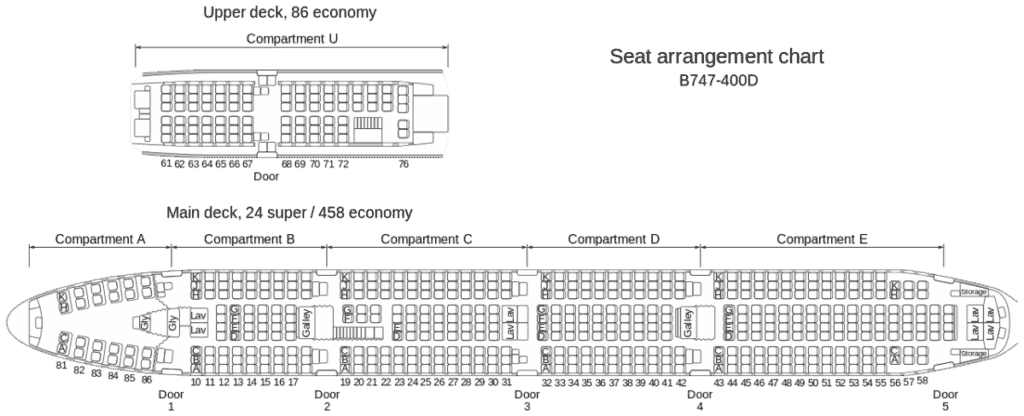
The size of the wide-body airplanes gives far more flexibility for the airlines to tailor the seating configuration to suit. Take the Boeing 747-400 above. The high-density configuration places only 24 seats in first class with the majority of the seats on both decks being economy seating. This would be typical for a highly traveled route like NY-LA.
Space & Comfort
With long-haul routes being the primary flights that wide-body airplanes undertake passenger comfort is high on the interior designer’s list. With the larger cabins mentioned above this allows the designers and airlines to create more ‘Classes’ or bigger classes depending on the routes the airplane flies.
Routes with regular wealthy or business travelers can adopt larger first and business classes while some airplanes like the Airbus A380 even have private rooms or suites for certain routes, and yes you know they are not cheap!
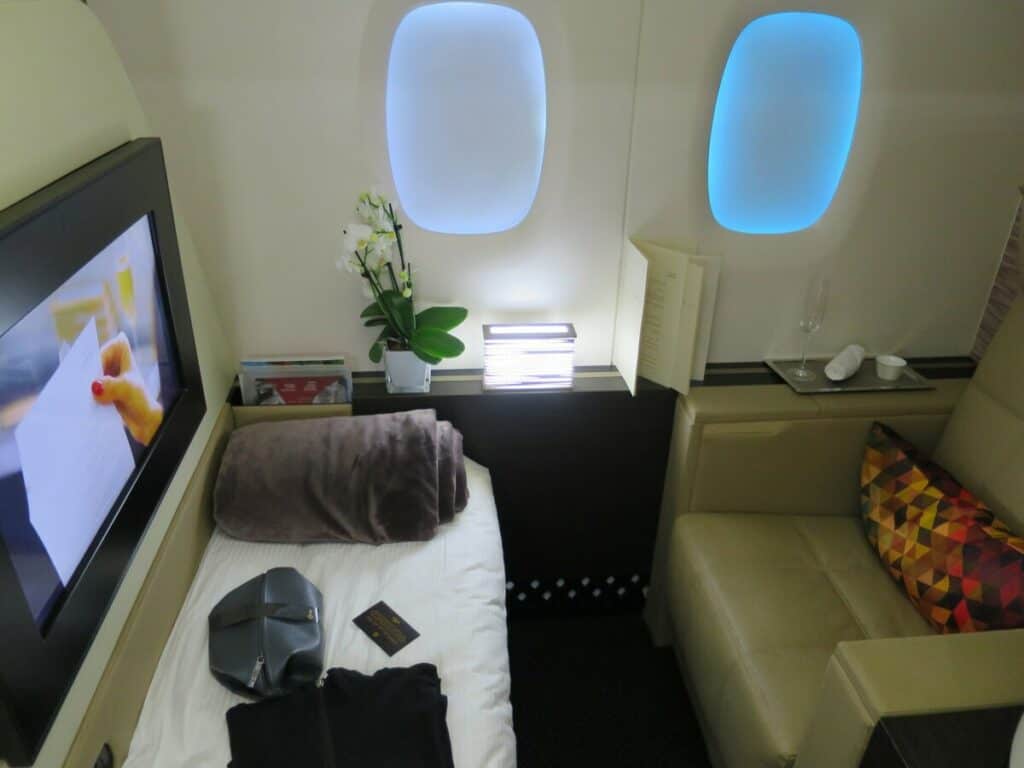
With bigger fuselages also comes wider aisles, wider seats, and more legroom. Crammed in for flights lasting up to 19 hours (Singapore to New York) would be a surefire way to have passengers select another airline.
By having room to walk up and down the aisles comfortably, and having larger and more vestibules to stand and stretch in allow passengers to tolerate the painfully long journeys of the long-haul routes.
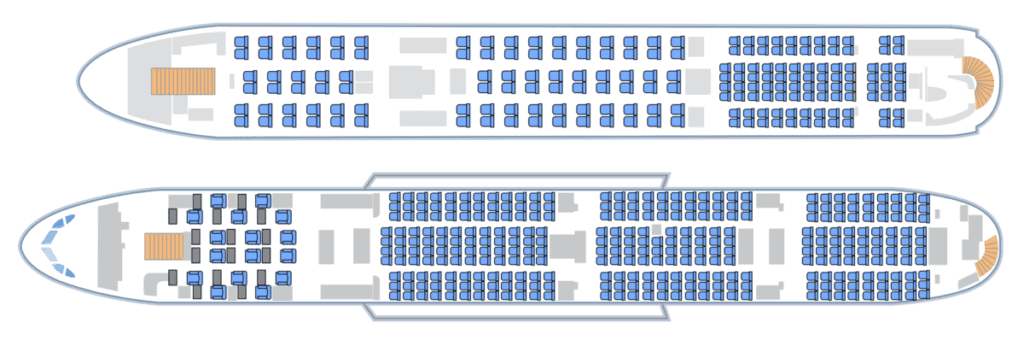
In addition to more space to move around, designers spend a great deal of time on the seating ergonomics to ensure passengers can comfortably and safely sit for hours on end. Poorly designed seating can easily lead to leg cramps, blood clots, and pain which again will soo have passengers looking for alternative carriers.
To also help with bordem, most wide-body aircraft have sophisticated individual passenger entertainment systems that provide far more than the short-haul, narrow-body airplanes.
Extensive movie, TV show, and music libraries, games, external cameras, real-time airplane data and moving map technologies, and even full wifi is now starting to creep into most airlines.
When paying high prices for a long-haul ticket even passengers situated in economy wish to have comfort and exceptional service – All of which airlines try their hardest to provide, especially on wide-body airplanes.
Crew Rest Bunks
With the wide-bodies dominating the long-haul routes thought has to be provided for the crew. Working nonstop for 19 hours is neither safe of acceptable and to overcome that most wide-body aircraft have crew bunks hidden away to allow crews to rotate and get some rest – especially flight crews.
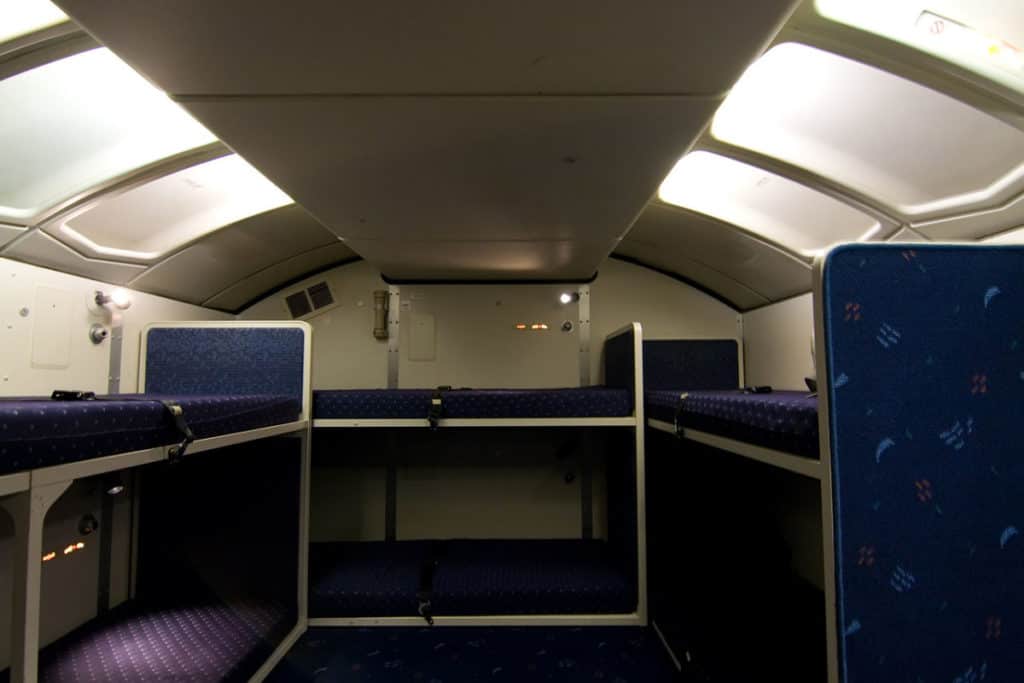
Unbeknown to most passengers is a set of crew bunks tucked away in the front of the airplane. Either located above or sometimes below the first-class cabin can be either a pair or more crew bunks.
By allowing crews to rest it maintains the highest levels of safety and service and these bunks can only be fitted into the large wide-body airplanes.
Popular Wide-Body Aircraft
Boeing 787
- 3-3-3 Seating
- 330 Passengers in Coach, or
- Typically 242 Passengers in Multiple Classes

Boeing 767
- 2-3-2 Seating
- 375 Passengers in Coach, or
- Typically 218 Passengers in Multiple Classes
- No longer in production
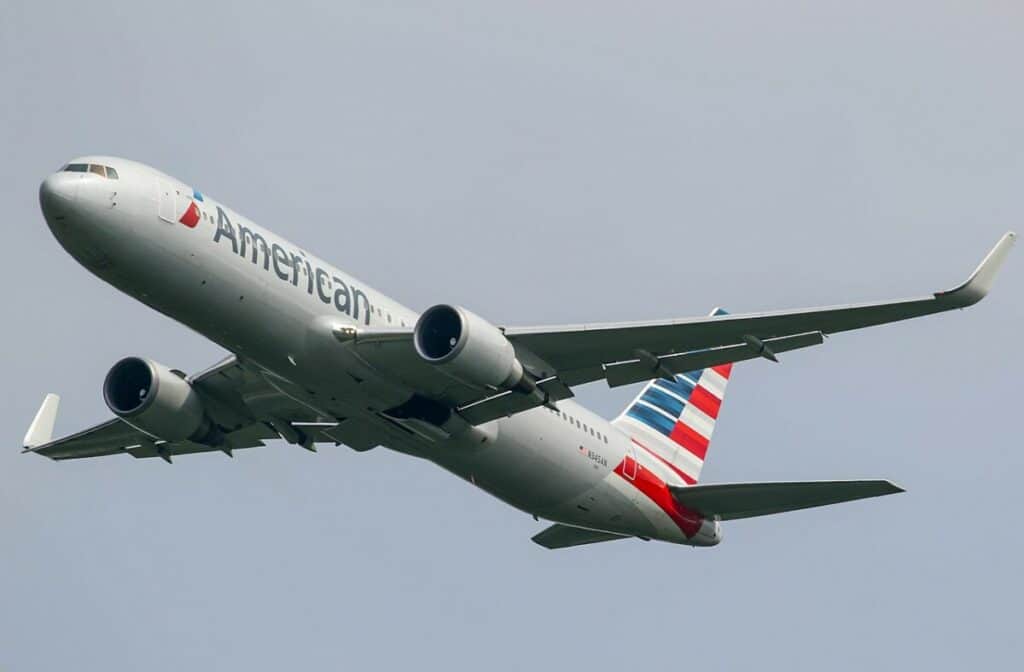
Airbus A330
- 2-4-2 Seating
- 406 Passengers in Coach, or
- Typically 270 Passengers in Multiple Classes
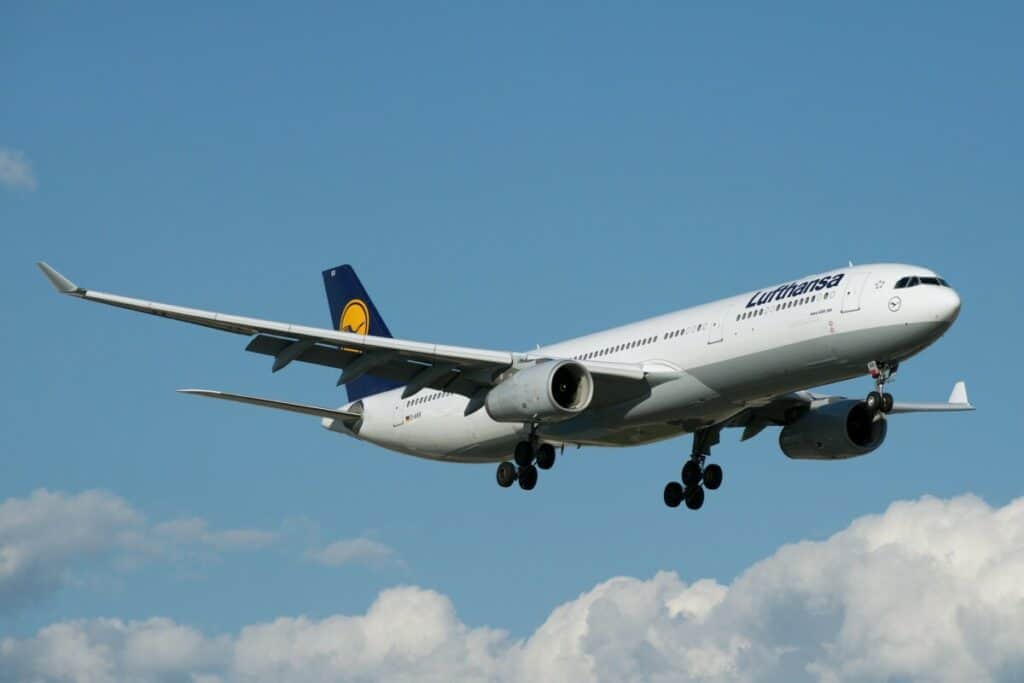
Boeing 777
- 3-4-3 seating
- 414 Passengers in Coach, or
- Typically 314 Passengers in Multiple Classes
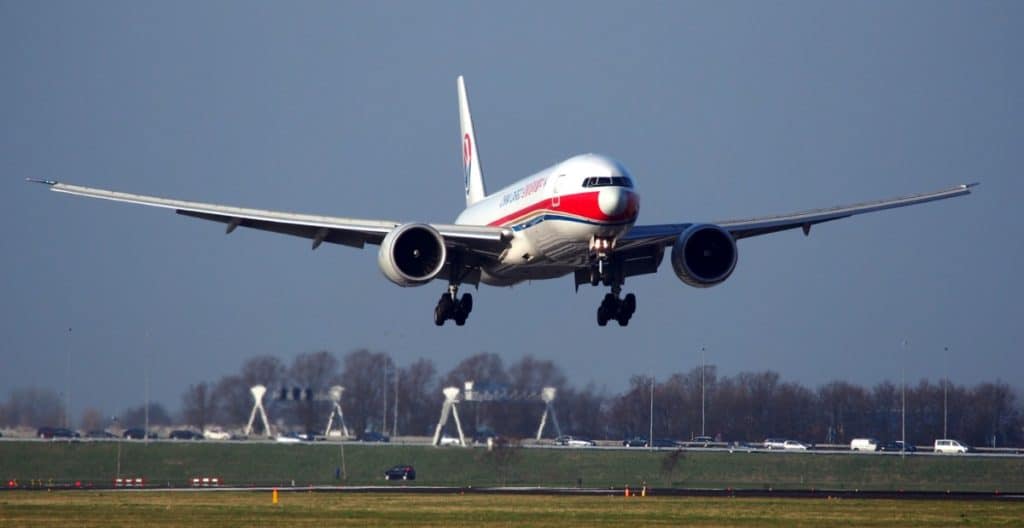
Airbus A350
- 3-3-3 Seating
- 440 Passengers in Coach, or
- Typically 300-350 Passengers in Multiple Classes
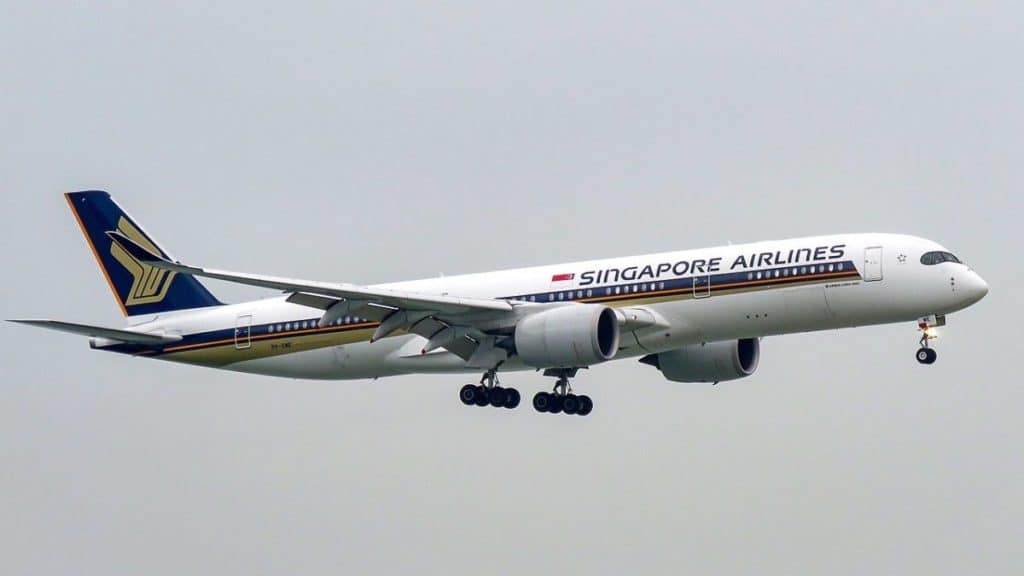
Airbus A380
- 3-4-3 Main Deck Seating
- 2-4-2 Upper Deck Seating
- 853 Passengers in Coach, or
- Typically 3644 Passengers in Multiple Classes
- (The A380 is no longer in production.)
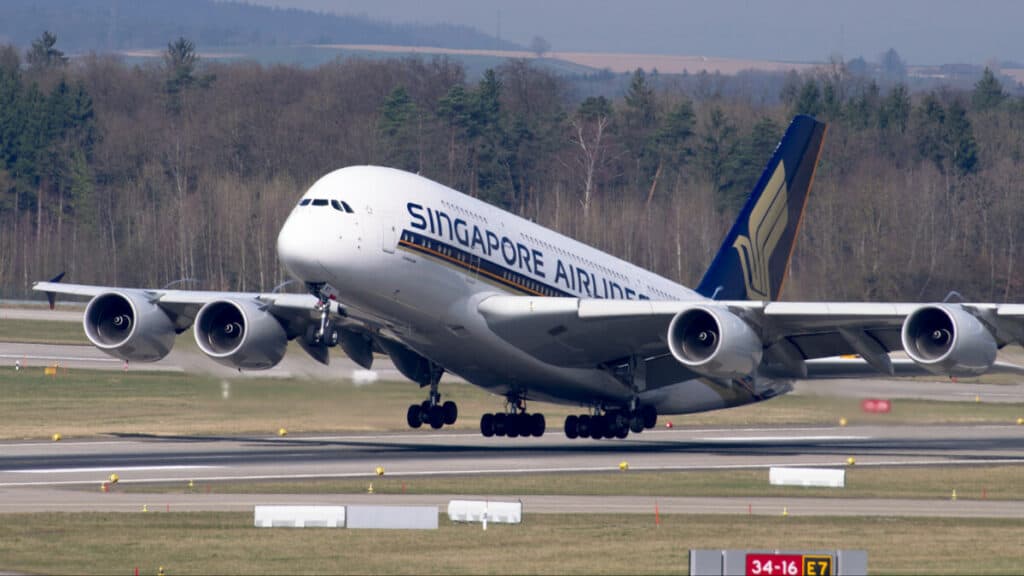
Why Do Airlines Need Wide-Body & Narrow-Body Airplanes?
Large airlines that cater to both the short-haul and long-haul markets need aircraft that can fly both as efficiently as possible. They require both wide-body and narrow-body airplanes. Short-haul airlines can focus on narrow-body airplanes which are cheaper to buy, maintain and run.
As each decade passes aircraft have become more fuel efficient, giving them the capability to fly longer distances than their predecessors. Routes like Singapore-New York, Perth-London, and Melbourne-Dallas/Fort Worth were simply unimaginable just a decade ago.
Today, larger derivatives of popular narrow and wide-bodied aircraft are flying longer routes than ever before. Most of these new models, such as the 787-10, 737-MAX9, Airbus A330-900NEO (new engine option), and the Airbus 321XLR (extra long range) are flying internationally, but as the industry continues to evolve, we’ll see both single-aisle, mostly for shorter routes, and twin-aisle aircraft, mostly for longer routes, being ordered by airlines worldwide.
Learn More…
Try These Articles:
* This Is Why Plane Windows Are So Small!
* How Long to Refuel an Airplane? – 15 Most Common Planes

